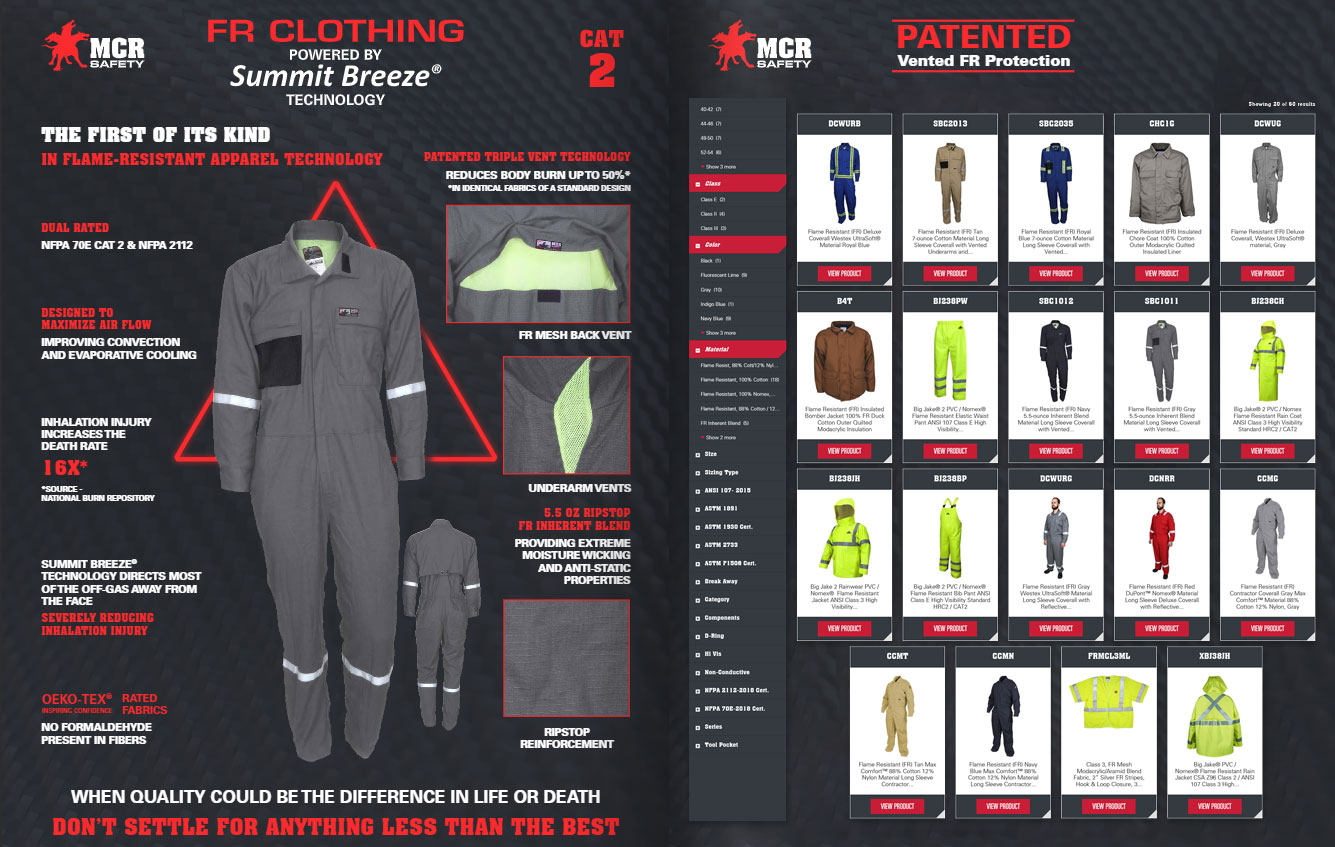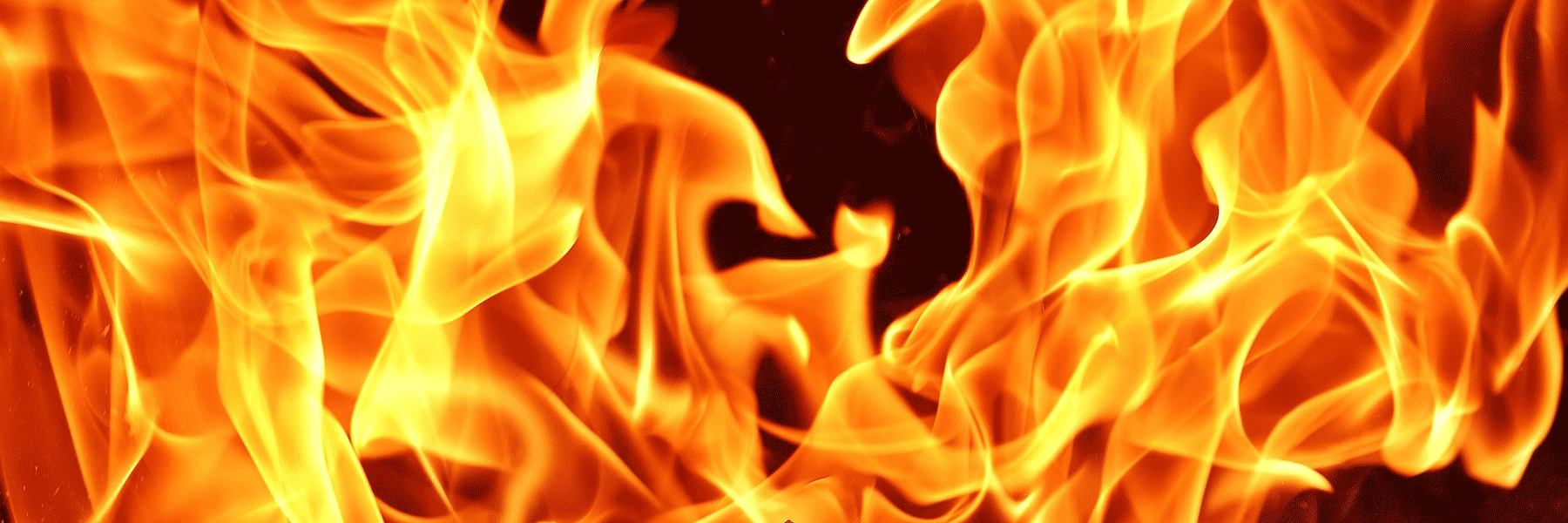

The American Burn Association reports the primary causes of burn injuries as fire-flame, scalds, contact with a hot object, and electrical and chemical burns. The graph below shows the chances of survival from burn injuries at different percentages of body burn.
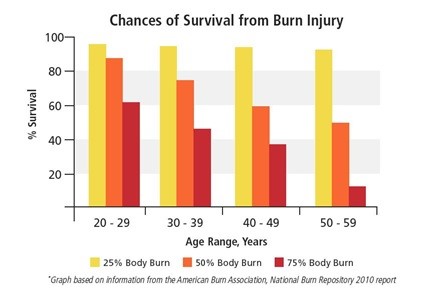
At 25% or less, chances of survival from a burn injury are very good, with survival rates at nearly 90%. Once the body burn percentage exceeds 50%, however, survival rates drop precipitously, especially for older individuals. Workers in their 50s, with burns over more than half their body, have less than a 20% chance of surviving. Clearly, the best way to survive a job-site fire is to protect as much of the body as possible. Here is an even more detailed table showing the percentage of mortality rates within different age groups and burn size.
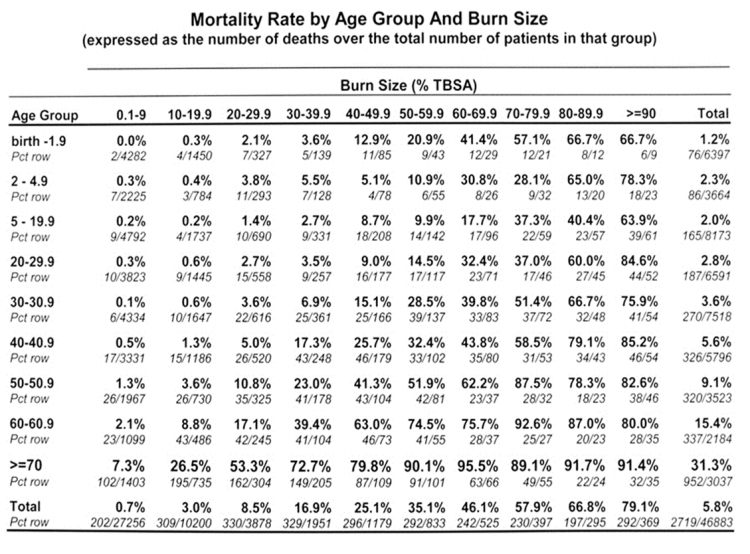
Detailed Burn Table
As you can imagine, standards that guide FR clothing are based around performance at 50%, as that is when survival rates begin to drastically drop. The most recognized test method for establishing burn rates on garments utilizes standard ASTM F1930, performed on a manikin test subject. The method tests a garment at three seconds with a pass/fail rate of 50% total body burn.
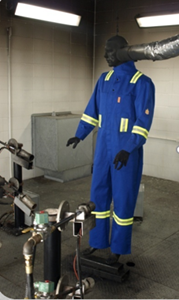
Before Test
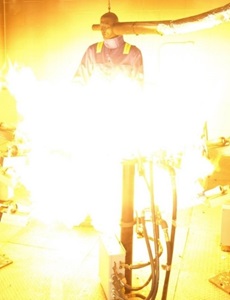
During Test
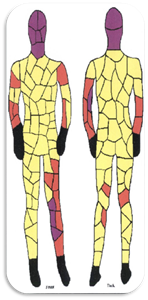
After Test
Here are some key takeaways from the American Burn Institute's recent 2017 National Burn Repository with respect to burn rates:
What we hope you take away from the information above is that each percentage point jump in TBSA% results in greater recovery time for workers and a greater overall cost to the company. In addition, to burn injuries, the repository notes that death rates from burn injuries increase with a worker’s age, burn size, and the presence of heat inhalation injury. The 2012 National Burn Repository provides data that proves inhalation injury increases the mortality rate by 16 times. In another journal source from the NCBI, data shows that the overall mortality rate among patients with inhalation injury was 41.5%, compared with 7.2% among patients without inhalation injury. These figures indicate that inhalation injury is a leading cause of death when workers are exposed to fires. Approximately 80% of fire-related deaths are due to the inhalation of toxic products, especially carbon monoxide and hydrogen cyanide gases.
This is where MCR Safety enters the picture.
Is it possible to achieve FR compliance and only meet the minimum standard? The answer is absolutely and unfortunately: Yes. NFPA 2112 does not differentiate performance from 0% body burn to 50% body burn. No such labeling is required. Keeping the body burn rate lower than 50% is the minimum requirement to meet the guidelines set by NFPA 2112, which means that many times that number becomes the focal point for garment manufacturers.
With that said, not all NFPA 2112 products perform to the same level. Some companies may only strive to offer products that meet minimum specifications. At MCR Safety, we’ve never done business that way. Whether it’s a cut-resistant glove achieving A9 performance or FRC achieving low burn rates, we go above and beyond the minimum specifications. It’s kind of a requirement of our motto: We Protect People. Below, we highlight our new Summit Breeze® technology’s burn rate performance compared to other FR material utilized in FR garments.
When you’re dealing with flash fires that often last only a few seconds, the initial protection offered goes a long way. With the addition of Summit Breeze® technology, workers have the best flash fire performance offered.
| Confirmed Fabric / Material | Weight | Burn Rate |
|---|---|---|
| MCR Safety FR Gear, 88% Cotton / 12% Nylon | 6.5 oz. | 24.04 |
| MCR Safety FR Gear, 88% Cotton / 12% Nylon | 7.0 oz. | 13.1 |
| MCR Safety FR Gear, 100% Cotton | 7.0 oz. | 28.14 |
| MCR Safety Nomex® IIIA 4.5 oz / yd2 | 4.5 oz. | 38.3 |
| MCR Safety Nomex® IIIA 6.0 oz / yd2 | 6.0 oz. | 20.2 |
| MCR Safety FR Gear, powered by Summit Breeze® 100% Cotton | 7.0 oz. | - |
| MCR Safety FR Gear, powered by Summit Breeze® Inherent Blend | 5.5 oz. | < 8 |
| Summit Breeze®, 88% Cotton / 12% High Tenacity Nylon | 7.0 oz. | 9.05 |
| MCR Safety Westex®, 88% Cotton / 12% High Tenacity Nylon | 7.0 oz. | 16.1 |
You can clearly see from the testing chart above that FRC made with Summit Breeze® technology is designed to perform with limited burn injuries. When compared to a non-vented 88/12 deluxe coverall, a vented 88/12 deluxe coverall powered by Summit Breeze® outperforms burn rate scores by 43%. Also note an incredibly low body burn rate of less than 8% has been achieved by our 5.5 oz. inherent blend materials powered by Summit Breeze® Technology! In addition, only Summit Breeze® directs a great majority of gas away from the face, significantly minimizing inhalation injury. This is because Summit Breeze® technology allows toxic air and gases to naturally flow out of the vented arms and back. Garments without this venting will move to the closet exit point, which is most times directly below your mouth and nose.
We hope the takeaway from the above information is this: materials and venting matter when it comes to FR performance. When you face a hazard that can cause death or result in injuries that could cost well over $200,000 in medical care costs, it only makes sense to wear the best FR protection one can buy.
For more on Summit Breeze® technology, please click here. For more on NFPA 2112, please click here.
For those who require a little bit more technical FR information, such as FR fabrics and FR standards, you’ll notice below links to our FR Knowledge Center. You can directly navigate to the resource page for that specific topic from here.
You’ll also notice below an image to our entire online FR Clothing catalog! Click the image to start viewing our FR product assortment and begin filtering products to your specific needs. From here, you can also jump directly to MCR Safety gloves, MCR Safety glasses, and MCR Safety Hi-Vis garments.
Click one of the links below to learn more about that topic.
